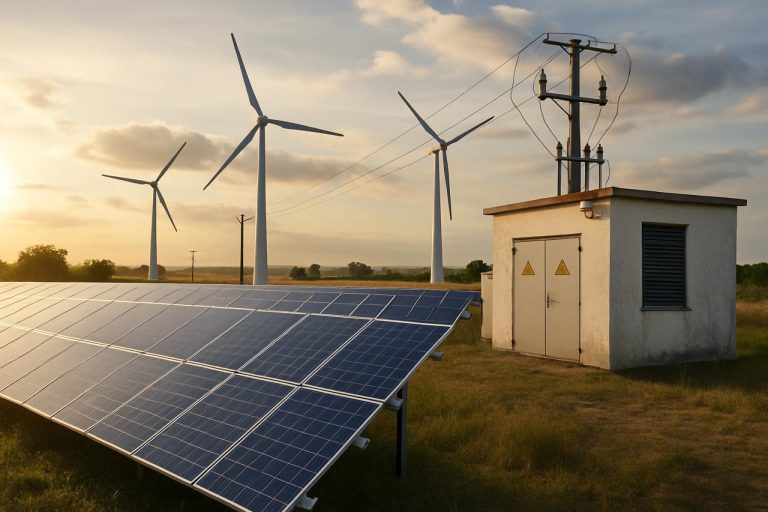
Circle’s IPO Rockets Stablecoins Into Wall Street Spotlight—But Can It Keep The Lead?
Circle’s Explosive IPO Ignites Wall Street Frenzy—Is This the Dawn of Stablecoin Mainstreaming? Circle’s NYSE debut triggers skyrocketing shares and global buzz—experts weigh in




















